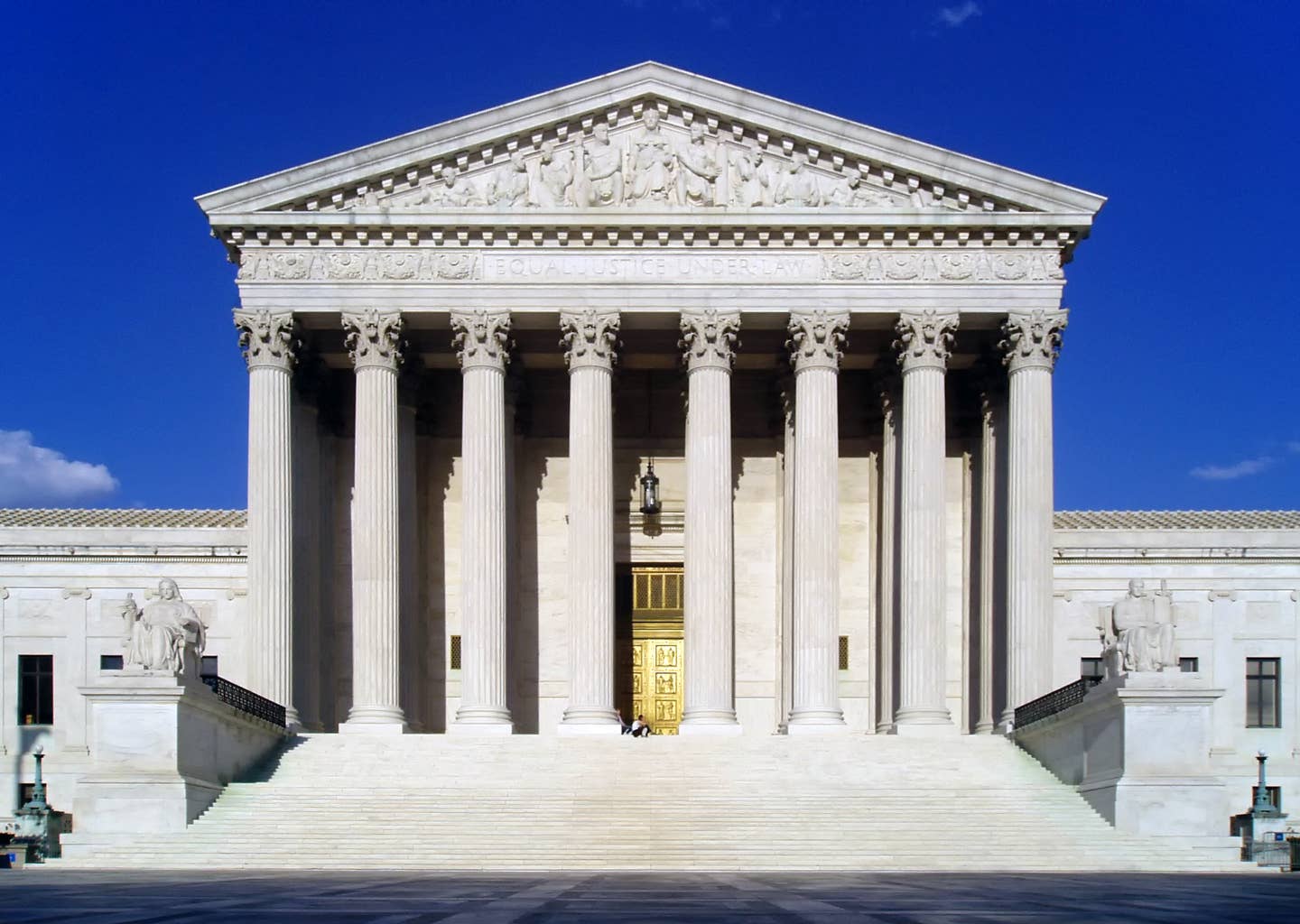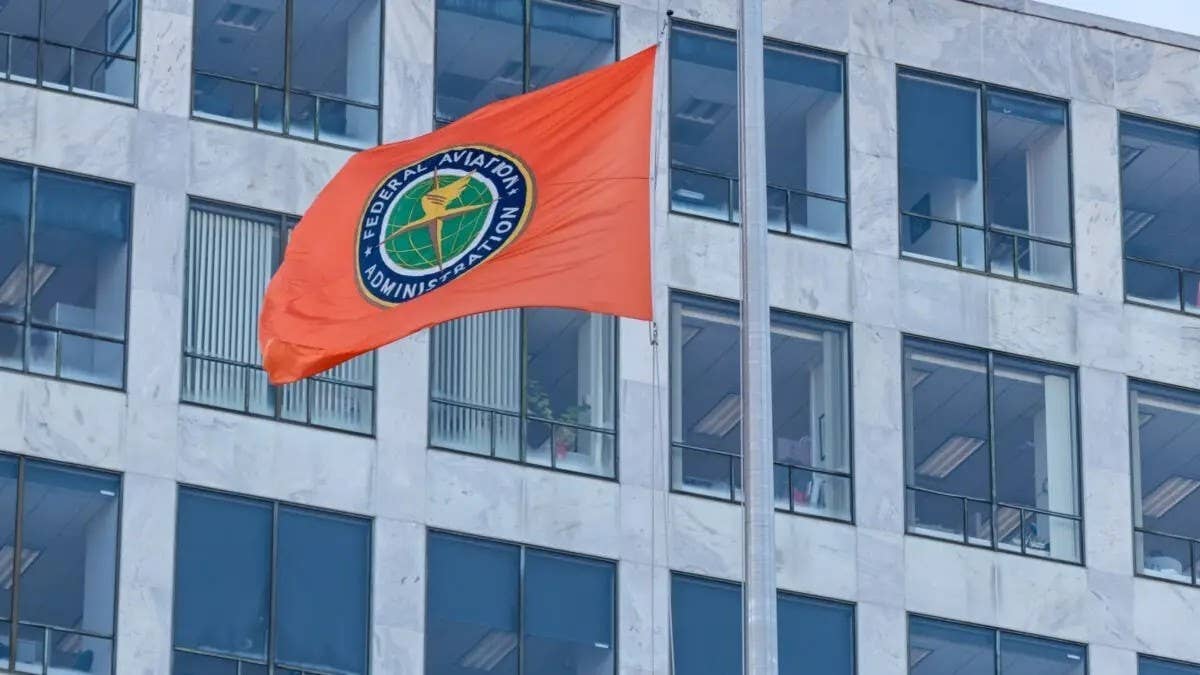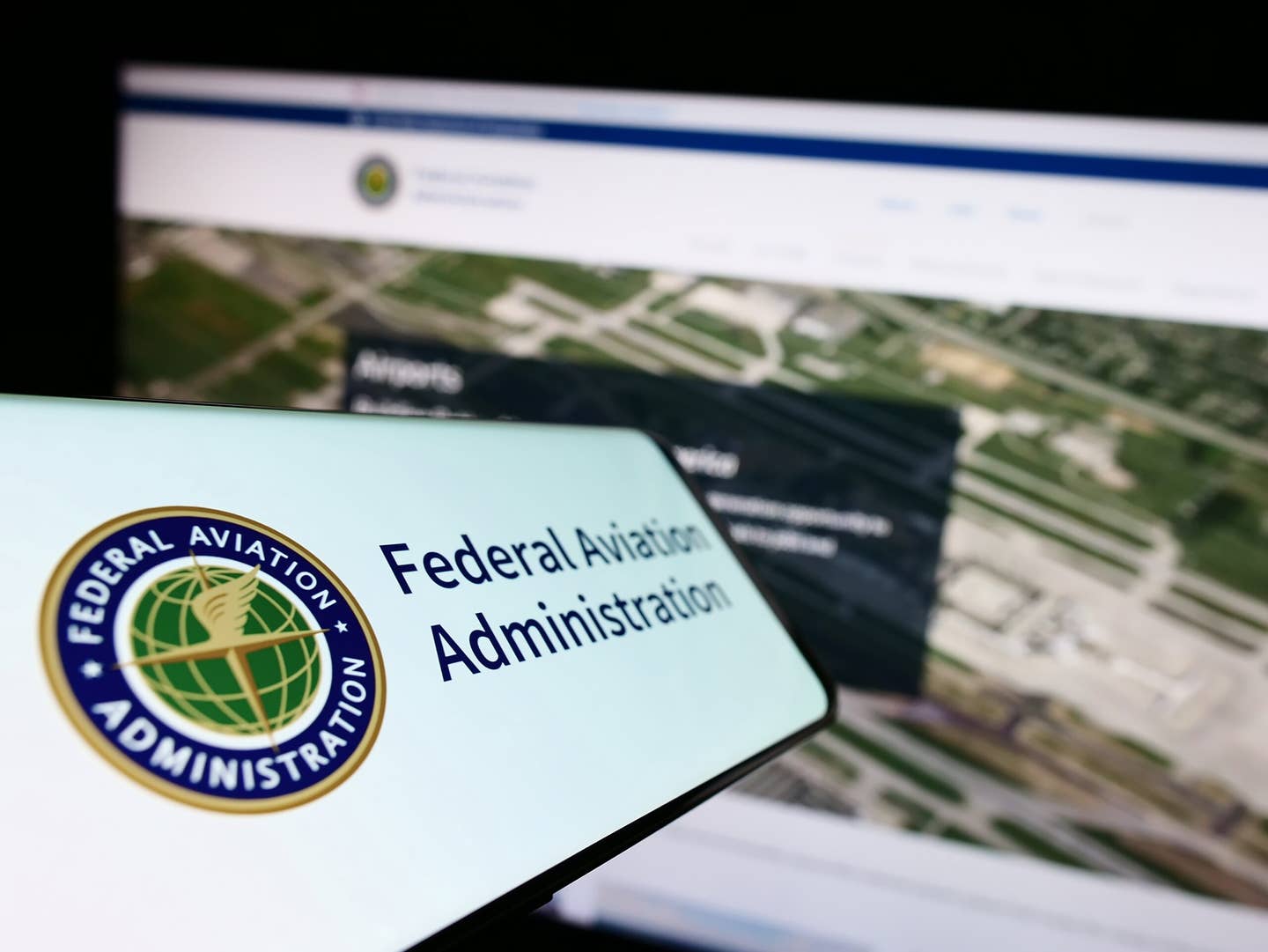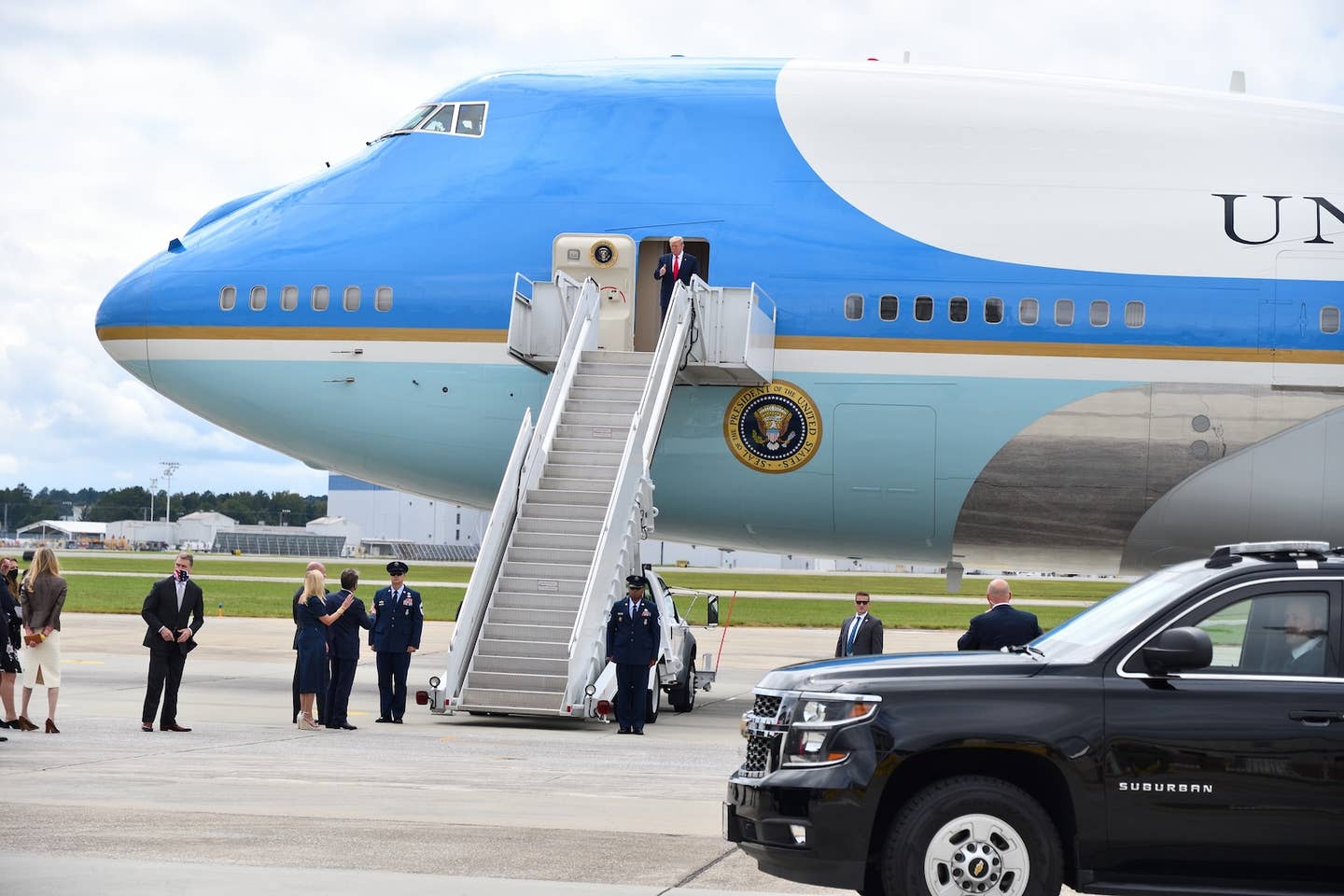
AOPA filed a briefing with the U.S. Supreme Court to weigh in on a recent U.S. Court of Appeals product liability decision. Wikimedia Commons/MattWade
A product liability decision handed down by a U.S. Court of Appeals in North Carolina earlier this year could upend how state courts, as well as aircraft OEMs, view a manufacturer’s responsibilities for aircraft and the parts they create.
At issue is whether a state can impose tougher safety standards on aviation than those already mandated by the FAA. Until recently, the aviation industry believed it had years ago found a point of balance on how it wrestled with product liability issues. Critics of the new Appeals Court ruling worry a change to that long-held understanding will raise the cost of flying for the entire aviation industry.
In the April ruling, the Appeals Court said the FAA’s regulatory role in certifying aircraft and aircraft parts does not prevent juries in state courts from imposing tougher design standards. The Appeals Court decision resulted from a decade-old liability suit between the widow of a man killed in a 2005 aircraft accident and the company that built the aircraft engine’s carburetor, a device the widow claims was defective and hence responsible for the accident.
In a friend-of-the-court briefing filed with the U.S. Supreme Court, the Aircraft Owners and Pilots Association (AOPA) said Congress gave the FAA the authority to regulate aviation, including aircraft and parts certifications, and that this fact preempts a state’s right to impose stricter standards.
AOPA General Counsel Ken Mead said, “It’s vitally important that manufacturers have one set of standards, established by the FAA, to adhere to. Otherwise they can face the nearly impossible and very costly challenge of trying to follow a hodgepodge of potentially contradictory state standards. That’s bad for safety, it’s bad for manufacturers and it’s bad for aircraft owners who end up, quite literally, paying the price.”
In an earlier contentious period when product liability was also an issue, Cessna Aircraft in 1986 halted manufacturing of its entire piston-engine line. Only when the product liability issue was settled did the company return to building aircraft. Those produce liability deliberations took nearly a decade before the lines at Cessna began rolling again in 1996.
No time frame has been announced for when or even if the U.S. Supreme Court might hear the issues of this current debate about states' rights.

Sign-up for newsletters & special offers!
Get the latest FLYING stories & special offers delivered directly to your inbox





![United Airlines secures FAA approval for Starlink, with first commercial flights set for May. Starlink offers 50x faster internet, free for MileagePlus members. [Courtesy of United Airlines]](https://www.flyingmag.com/uploads/2025/03/UnitedAirlines_Starlink_Image.jpg?auto=webp&auto=webp&optimize=high&quality=70&width=1440)
